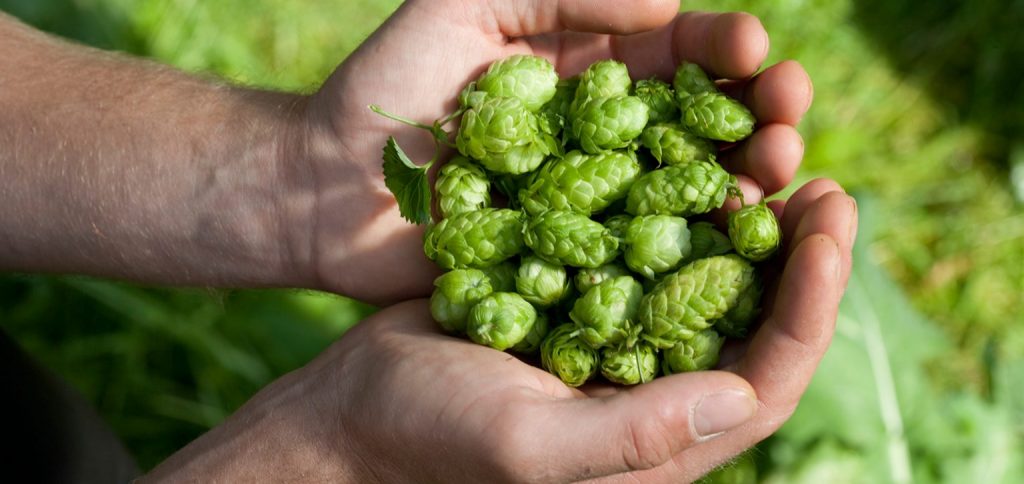Hops: a green gold rush

The craft beer movement’s dynamic growth is transforming the global market for hops. New flavor varieties are causing the whole industry to flourish, and its key developments were on show at the recent drinktec.
European hop farmers had barely gathered the last of this year’s bines – picking, drying and packing the delectable umbels – before much of the harvest was already sold out. After long lean years, the golden harvests have come again for many producers. Yet with the rising demand for well-hopped specialty beers, brewers are growing more interested in diverse hop varieties. In turn, this worldwide momentum in the craft beer market is giving birth to even more microbreweries, whose customers are looking for unusual brews.
Aroma hops dominate the brewing industry
The demand for aroma hops in particular is currently putting pressure on producers. In the US, for example, some 5,000 breweries are thirsting for ever diversifying varieties, and in recent years the land area cultivated by hop farms in Washington, Oregon and Idaho has grown by around 60%. The growing number of hop varieties shows just how important this green gold has become to the international brewing industry. Experts at the Barth-Haas Group in Nuremberg, the world’s largest supplier of hop products and services with almost 1,000 employees and sales of €300 million a year, have counted 263 hop varieties being grown in 27 countries: around 150 aroma hops and 110 bitter hops. Brewers can find the greatest diversity in the US, followed by the UK with around 40 varieties and Germany with more than 30. If this isn’t evidence enough of the shift in hop production, listen to Stephan Barth, who heads the Barth-Haas Group: “Craft beer has done hop growing a world of good; Hops have a completely new importance to brewers now.”
Hop production is growing worldwide
The international hop market’s rapid growth was also evident at the recent drinktec. The entire industry – from farmers to trading companies and brewers – is banking on new flavors that visitors to the fair could smell and taste for themselves. In the US, which has recently overtaken Germany as the world’s largest hop producer, 78% of production is aroma hops, compared to 22% bitter hops.
As well, the proportion of aroma hops in Germany has risen to almost 50%. Yet Hallertau Perle and Hallertau Tradition continue to lead the field. And among the German high alpha hops, Herkules remains unbeaten and still makes up 30% of the cultivation area. However, as the latest Barth-Haas report shows, global production of bitter varieties has dropped below demand over the last five years. Although almost all farms saw above-average harvests and good alpha content in 2016, this year’s supply of bitter hops will not meet the demand from breweries around the world. This is causing a sharp rise in the price of high alpha varieties on the free market.
That may change, however, as producers are pulling out all the stops even in smaller hop-producing regions. drinktec not only saw German and US exhibitors, but also producers from up-and-coming hop-growing countries such as the Czech Republic. In light of the craft beer movement’s increasing momentum, many Czech farms are being expanded to produce more aroma hops. While the Czech Hop Growers Association predicts that the herbal and flowery Saaz variety will continue to dominate, other aroma varieties such as Sladek and Kazbek are becoming more popular, as can be seen by the success of the hop trading company Bohemia Hop. With all of this rising demand, hop experts expect more countries to start producing the green gold in coming years.

